
LEVEE BASICS
What is a Levee?
A levee is a human-made barrier with the primary purpose of reducing the frequency of flooding to a portion of the floodplain, sometimes referred to as a levee system.
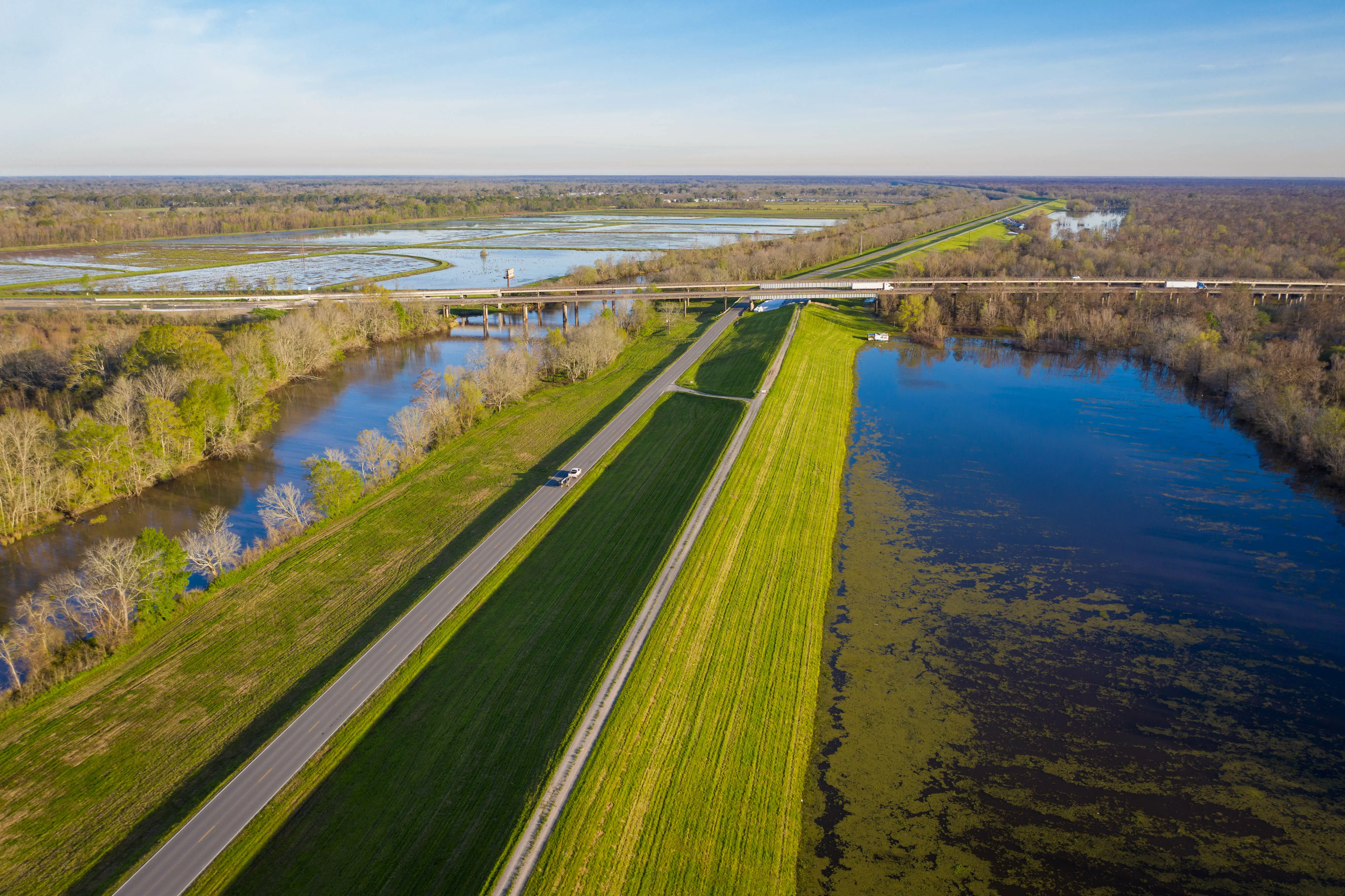
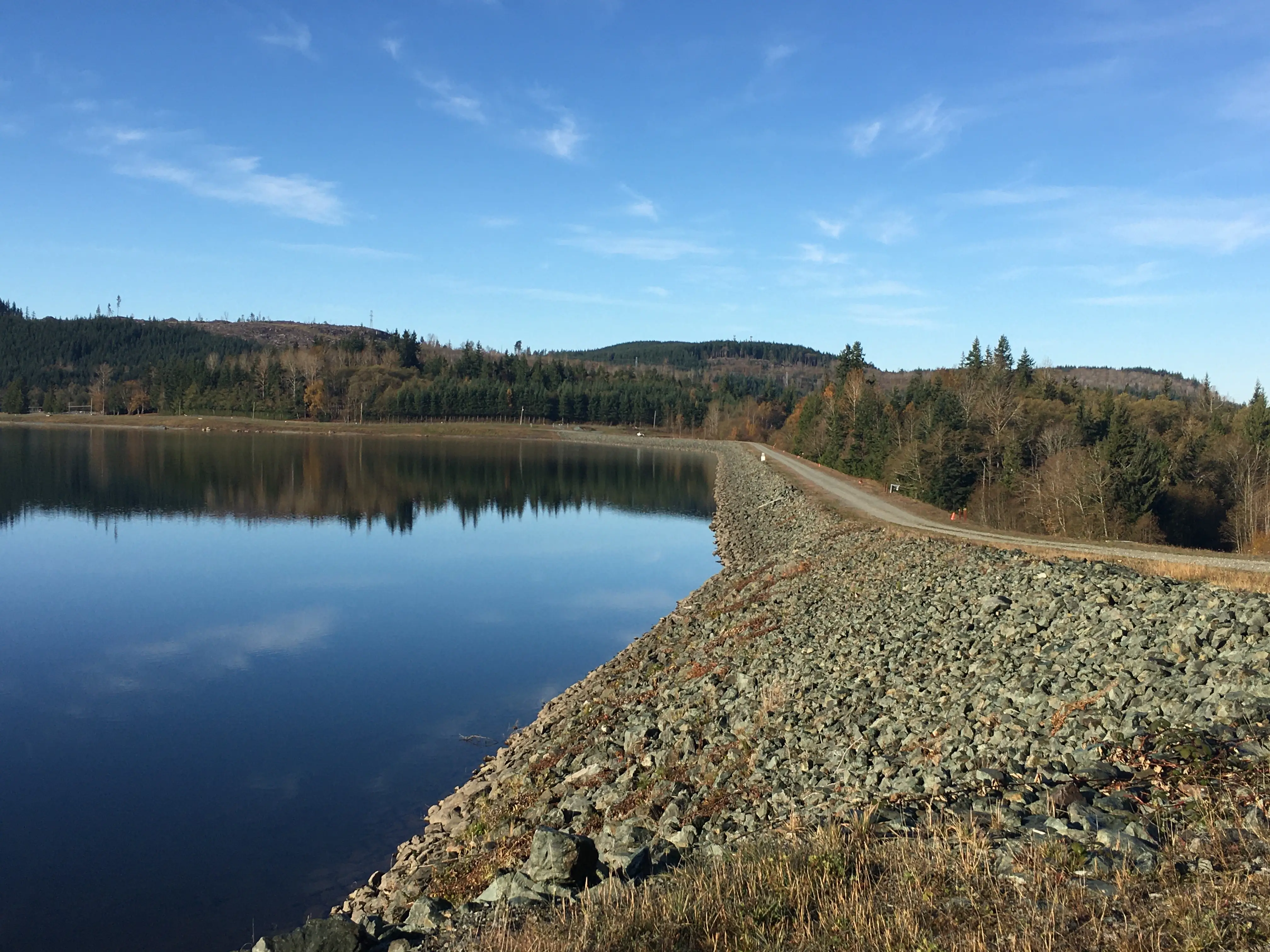
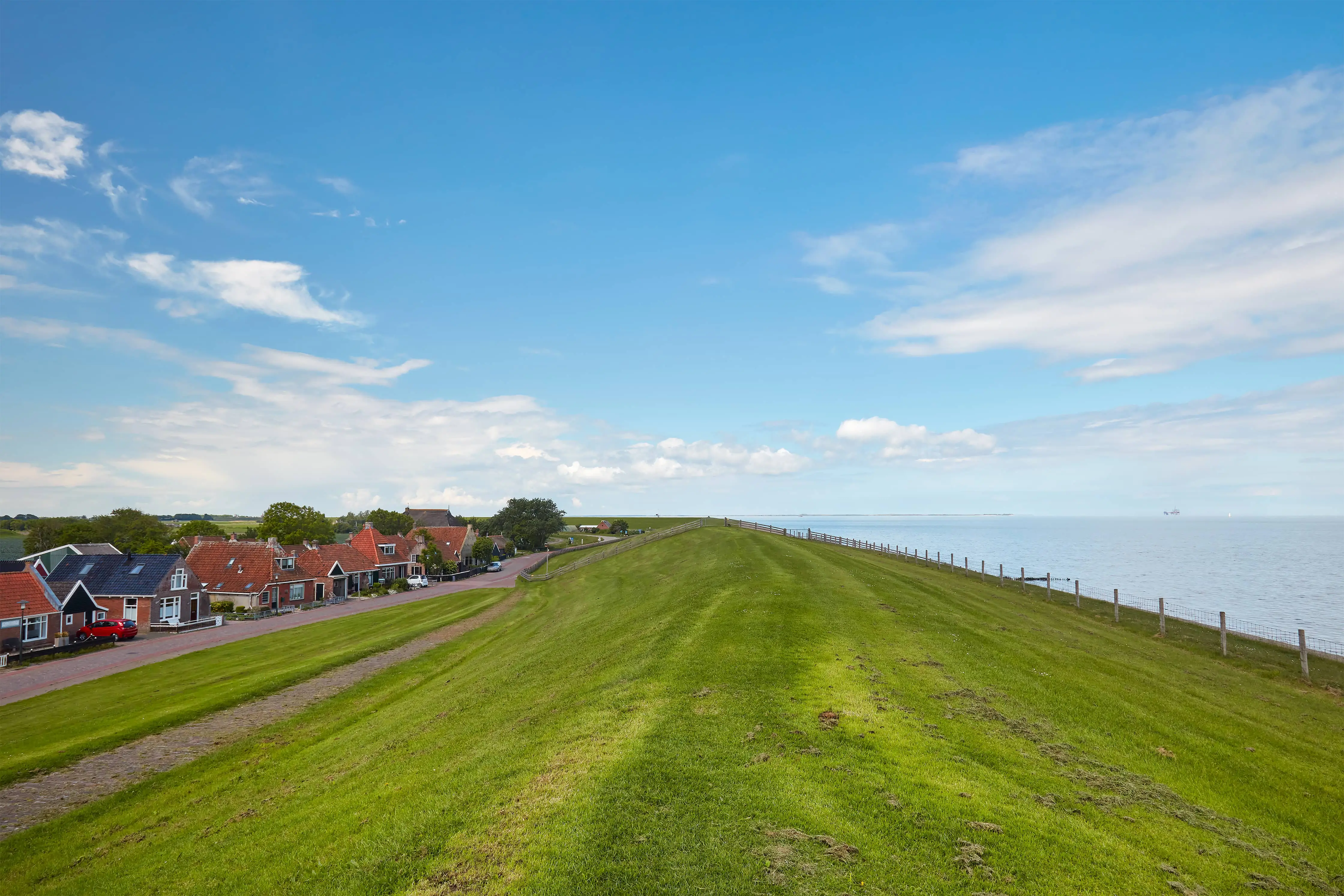
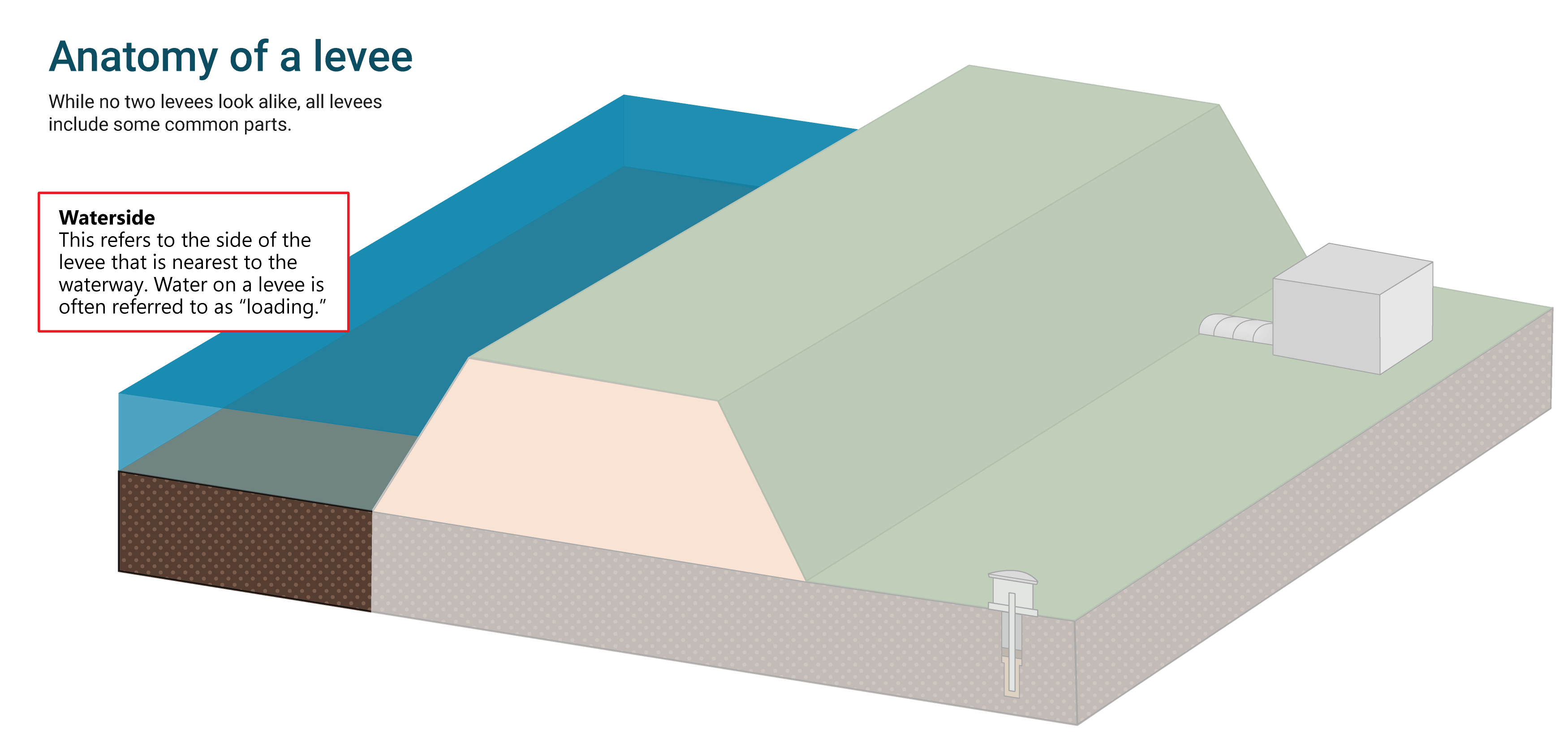

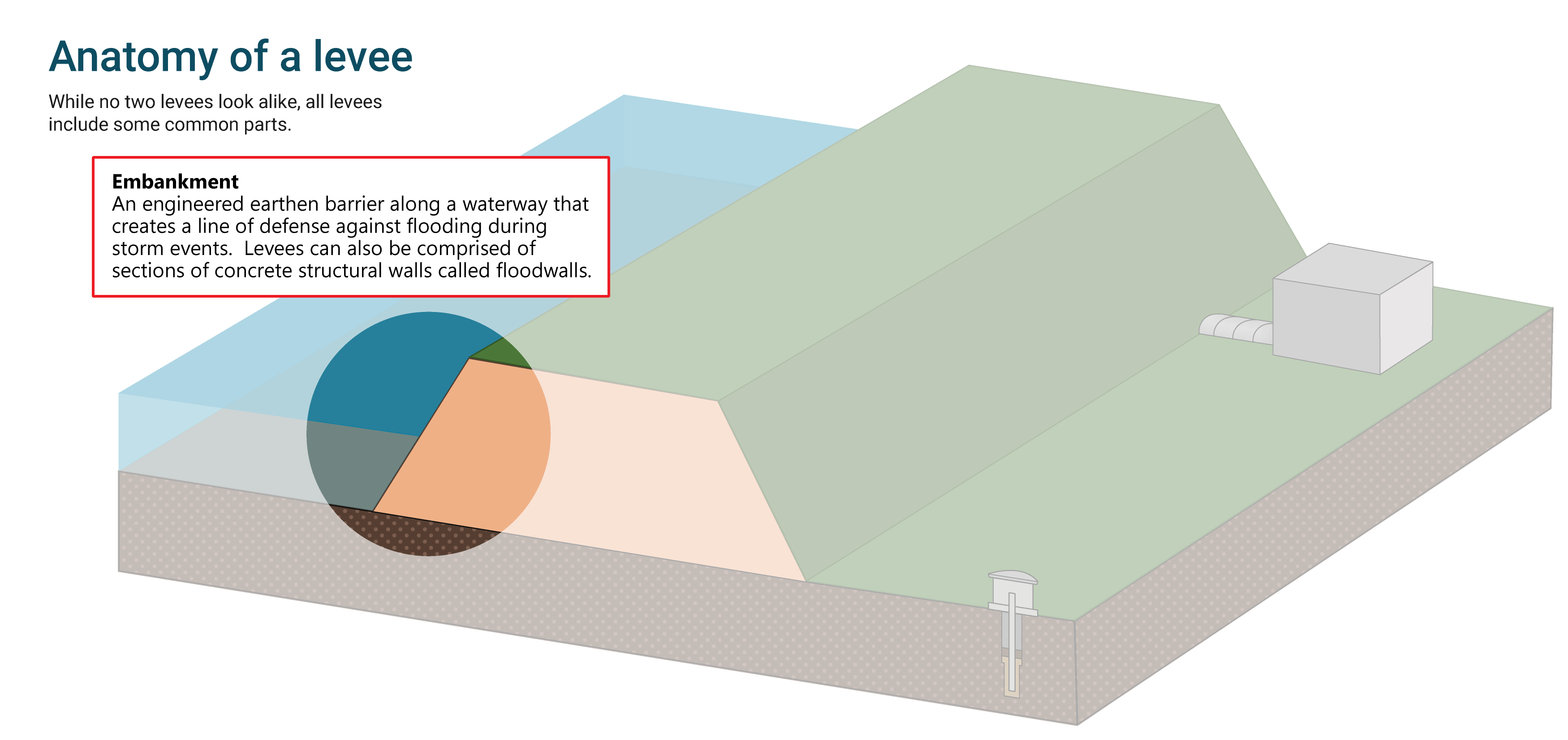
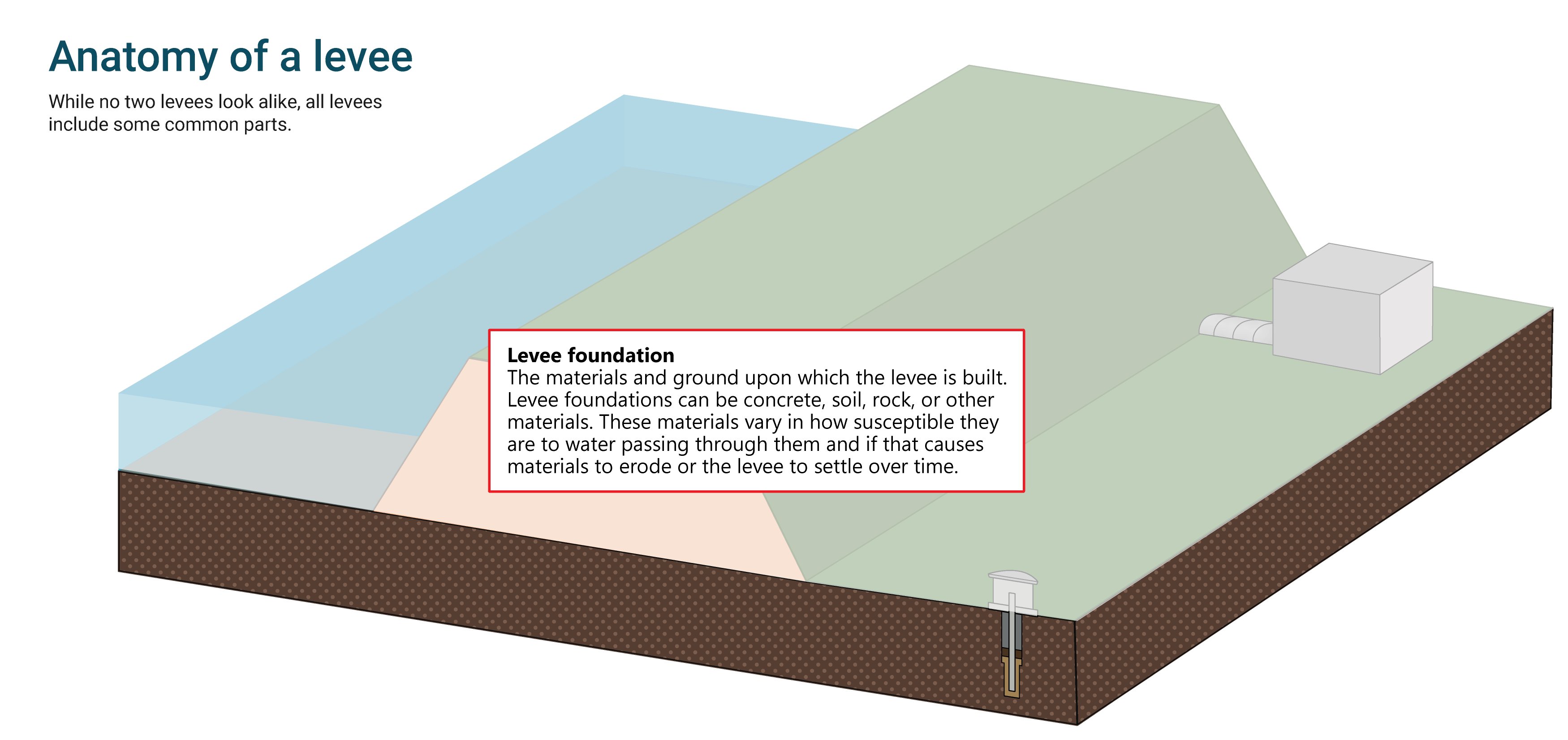
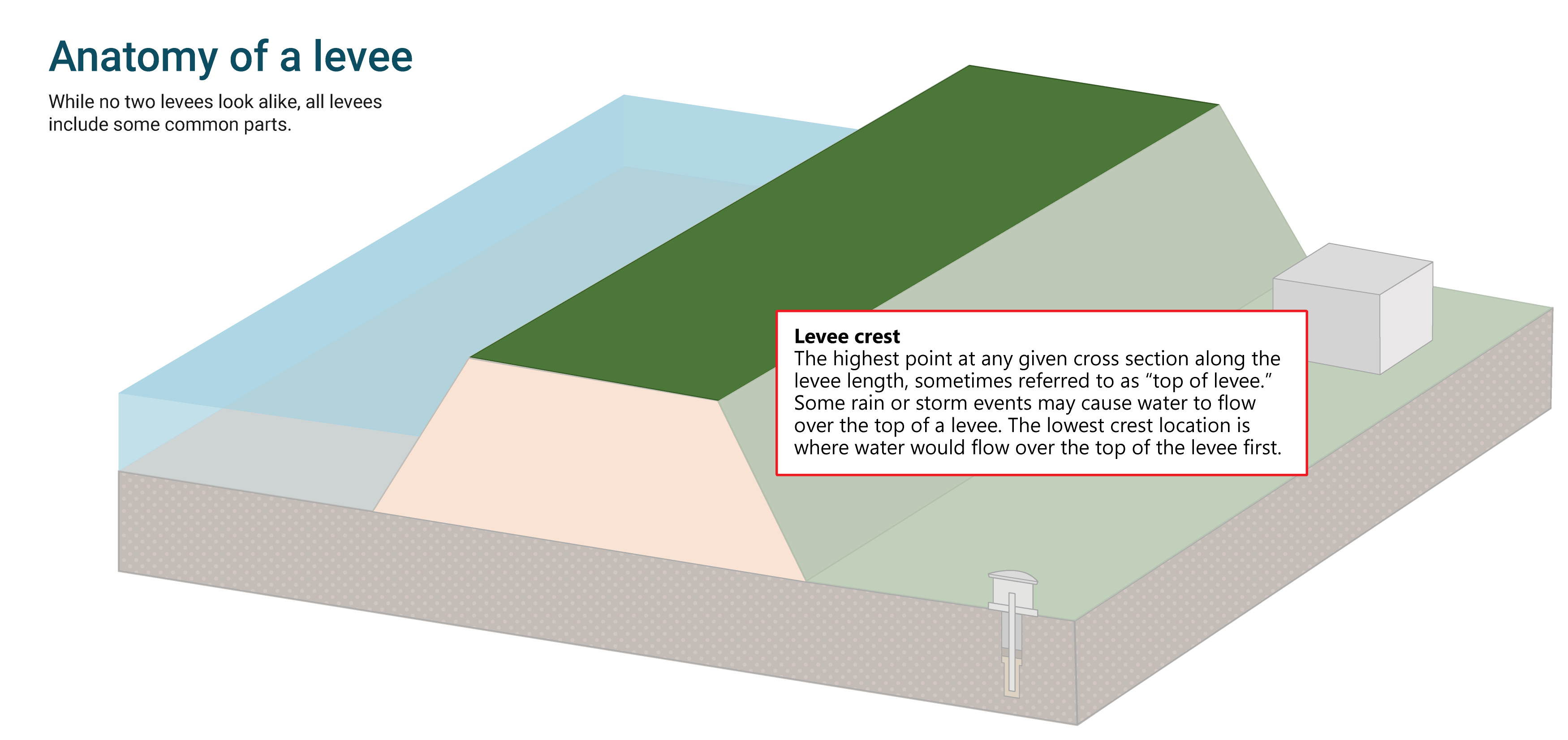
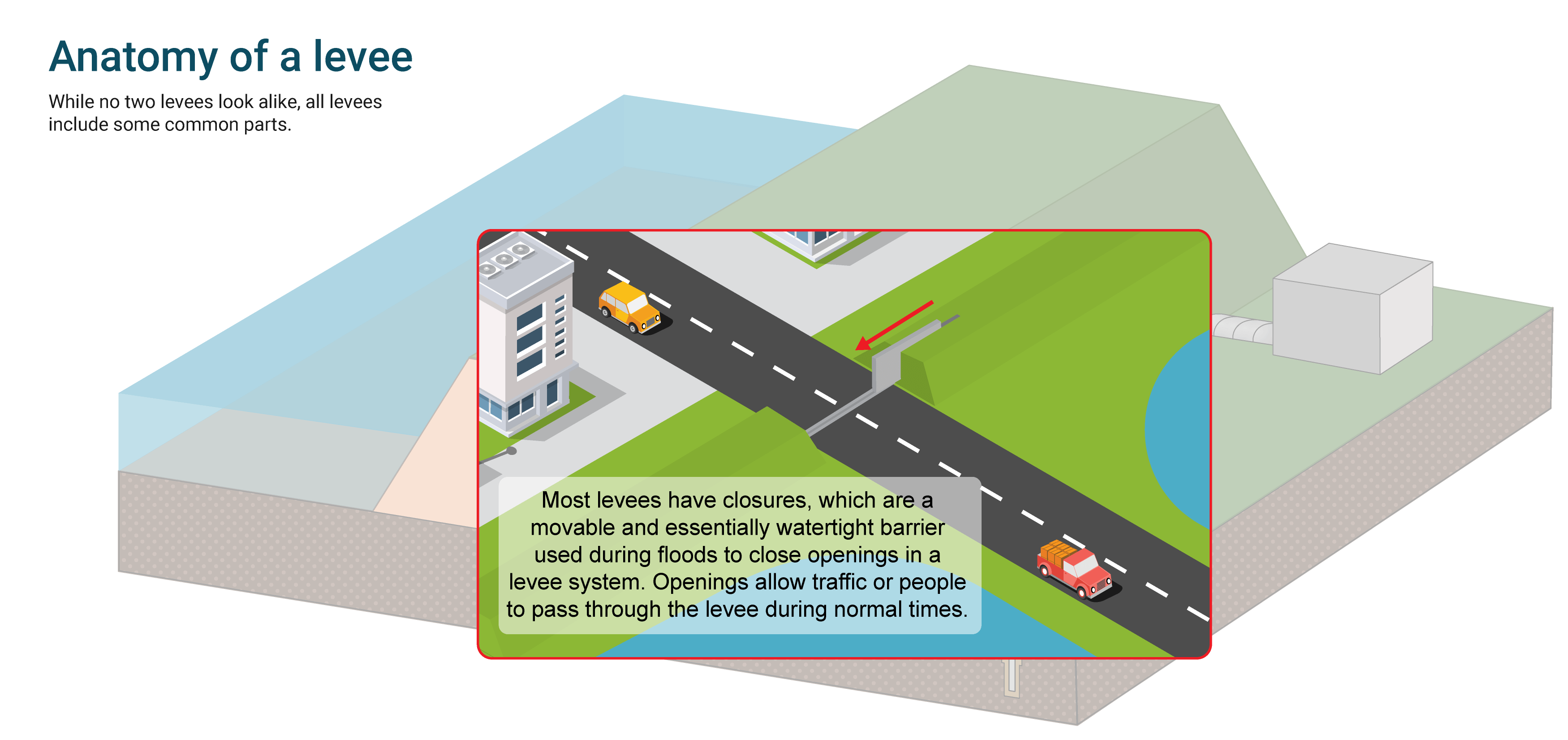

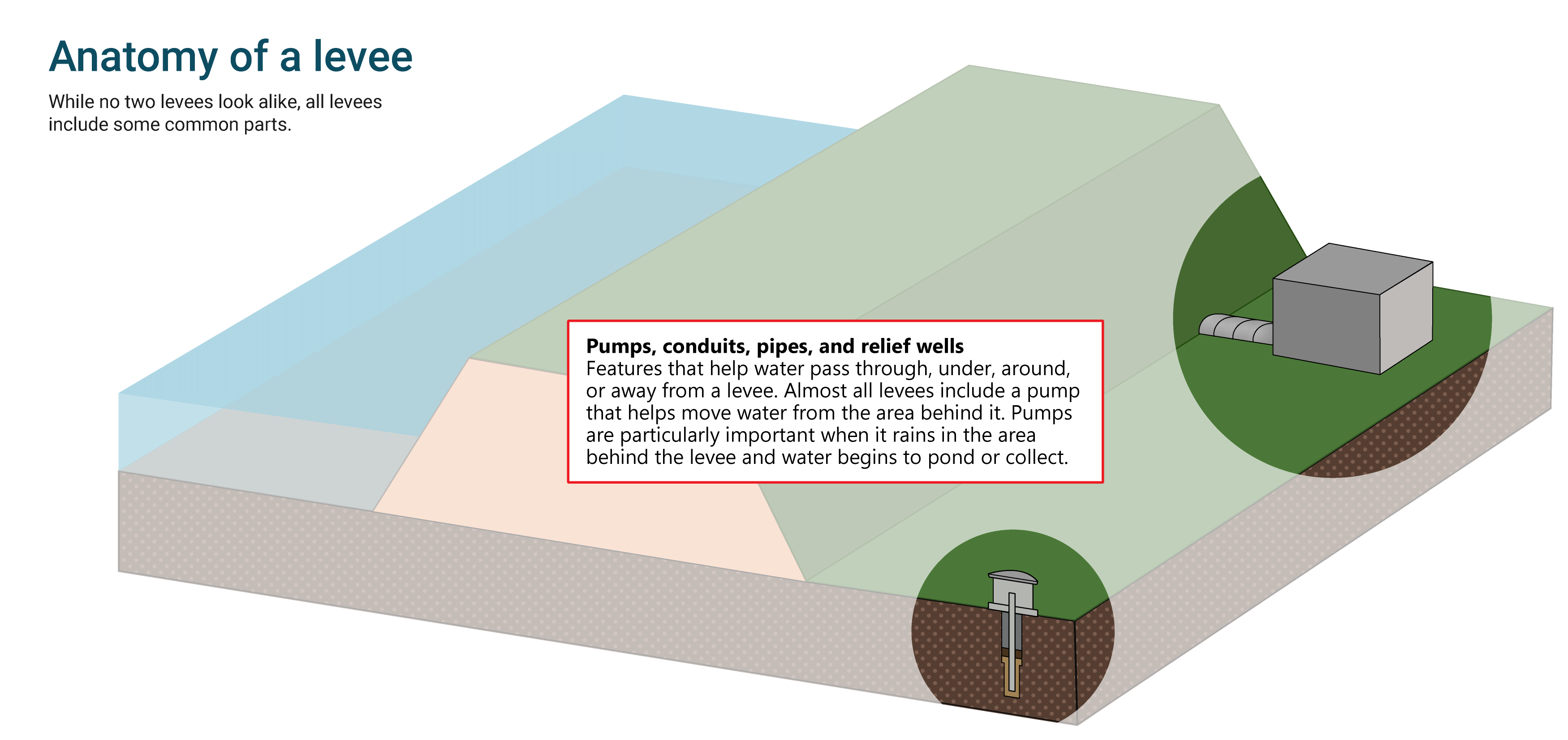
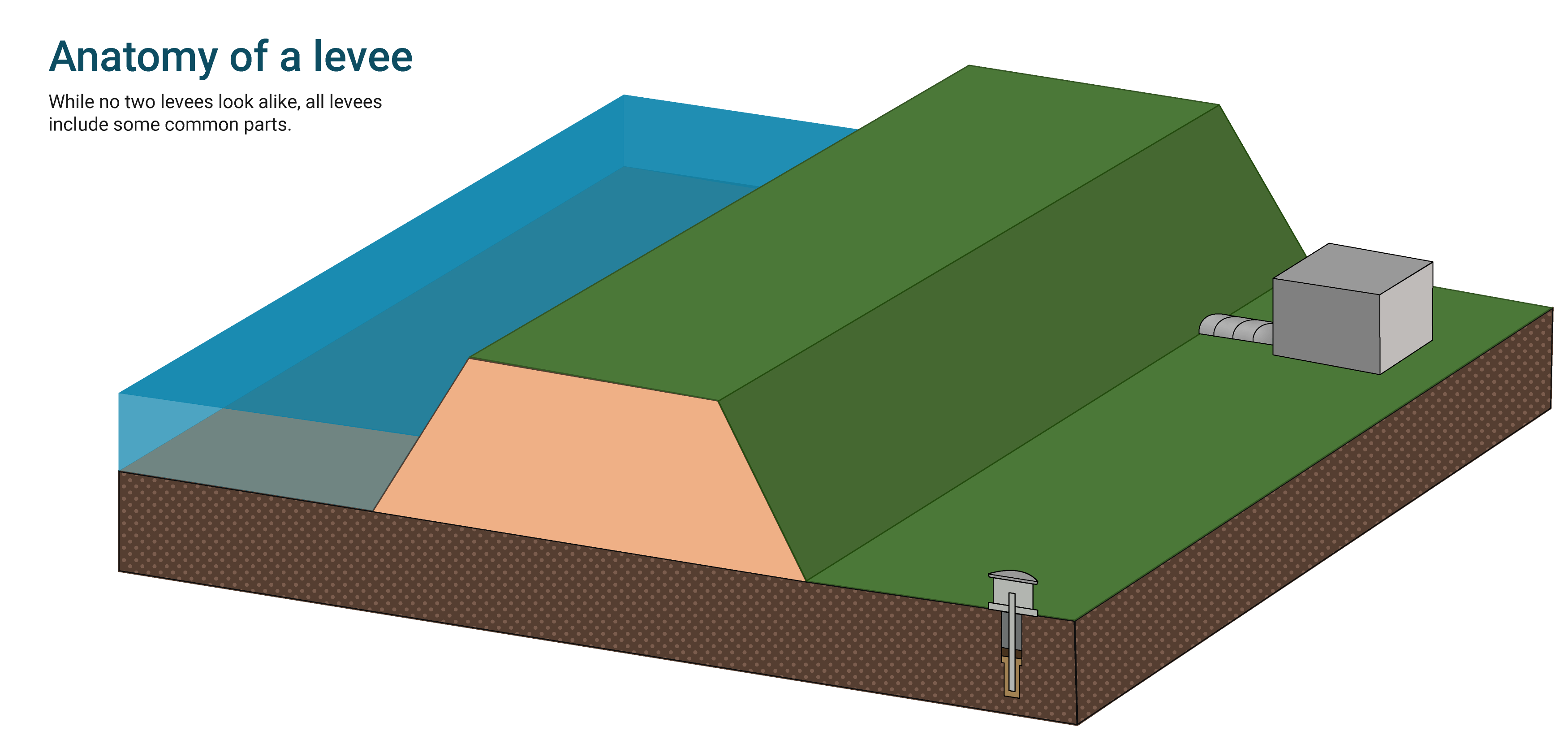
What Kinds of Levees Are There?
Levees are constructed to a variety of heights and widths, and with a variety of materials. The height or width of a levee often depends upon possible rain and storm events. Similarly, the materials and methods used to construct a levee can vary based on their location in the U.S. and the time they were constructed.
Most levees in the U.S. are earthen embankments, meaning they are primarily made of local soil materials. However, many levees are made of or include more than one type of material. The following graphics show common types of levees and key traits of these levee types.
Earthen Embankment
An earthen embankment is constructed from compacted soil and is the most common type of levee in the U.S. These levees are constructed alongside a river or waterway and keep high water out of a shared area. These types of levees are used in areas with rivers or streams as well as along coasts. The materials used to build these levees can vary by location.
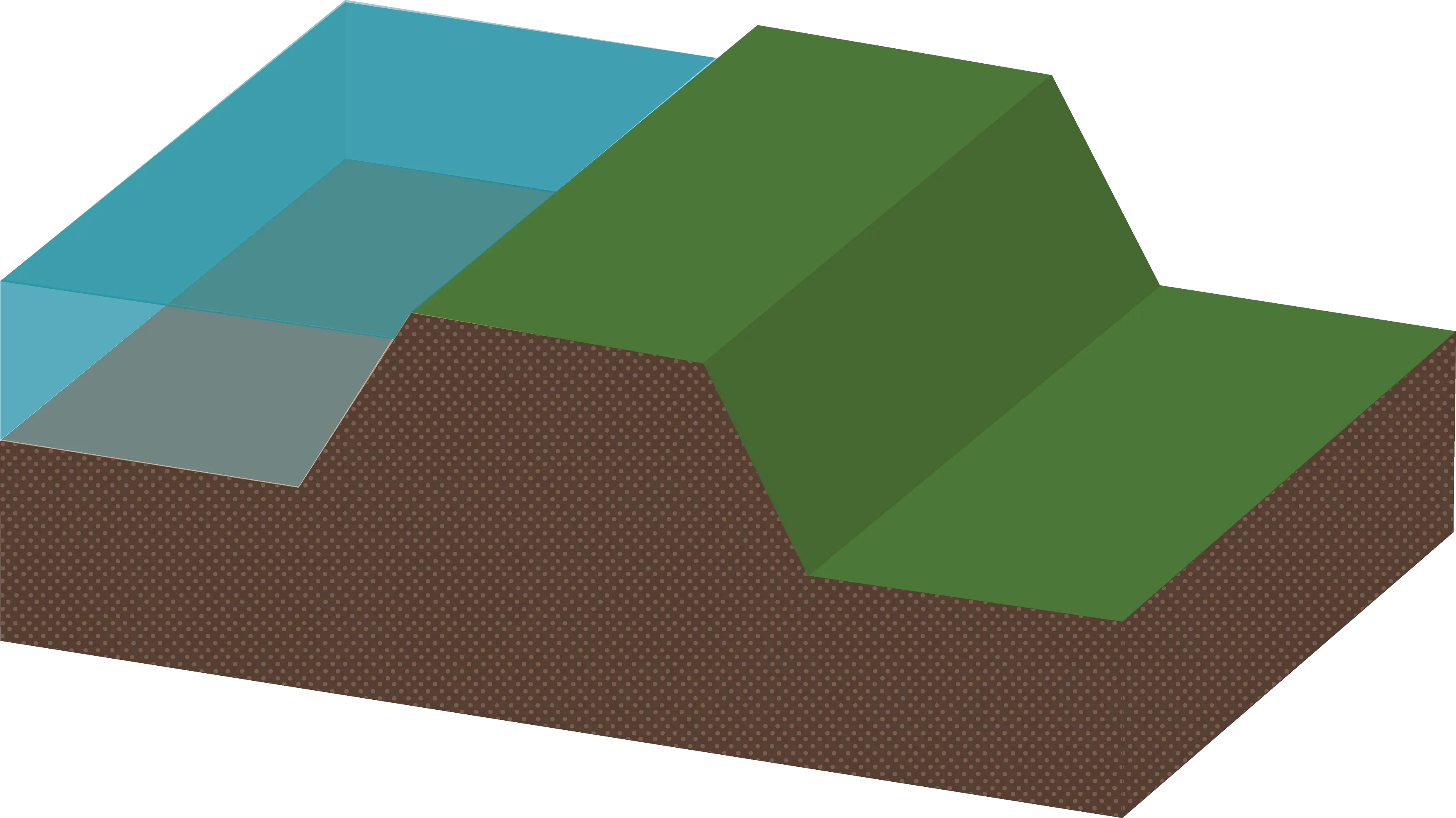
Floodwall
Like earthen embankments, floodwalls are placed alongside a body of water to help keep high water out of a shared area. Floodwalls are common in areas where there is little space to build an earthen embankment. There are several types of floodwalls, and their distinguishing feature is how they are anchored into and connected to a levee system.
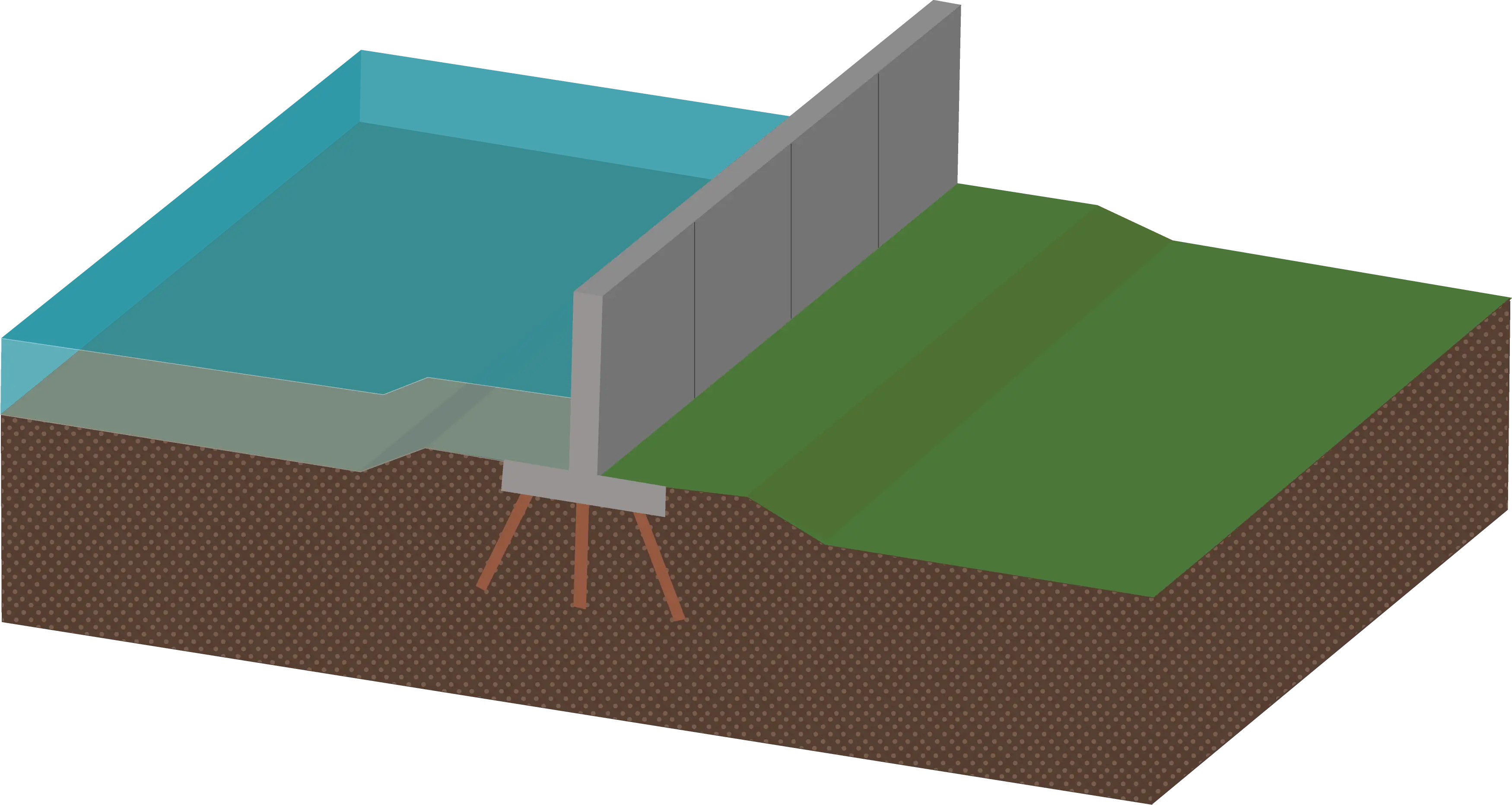
Why it’s Important to Monitor Levees
While levees can greatly benefit a community by reducing the intensity and frequency of flooding from nearby rivers or coastlines, no levee is risk free. There are a few common challenges that can occur with levees that owners actively monitor and address.
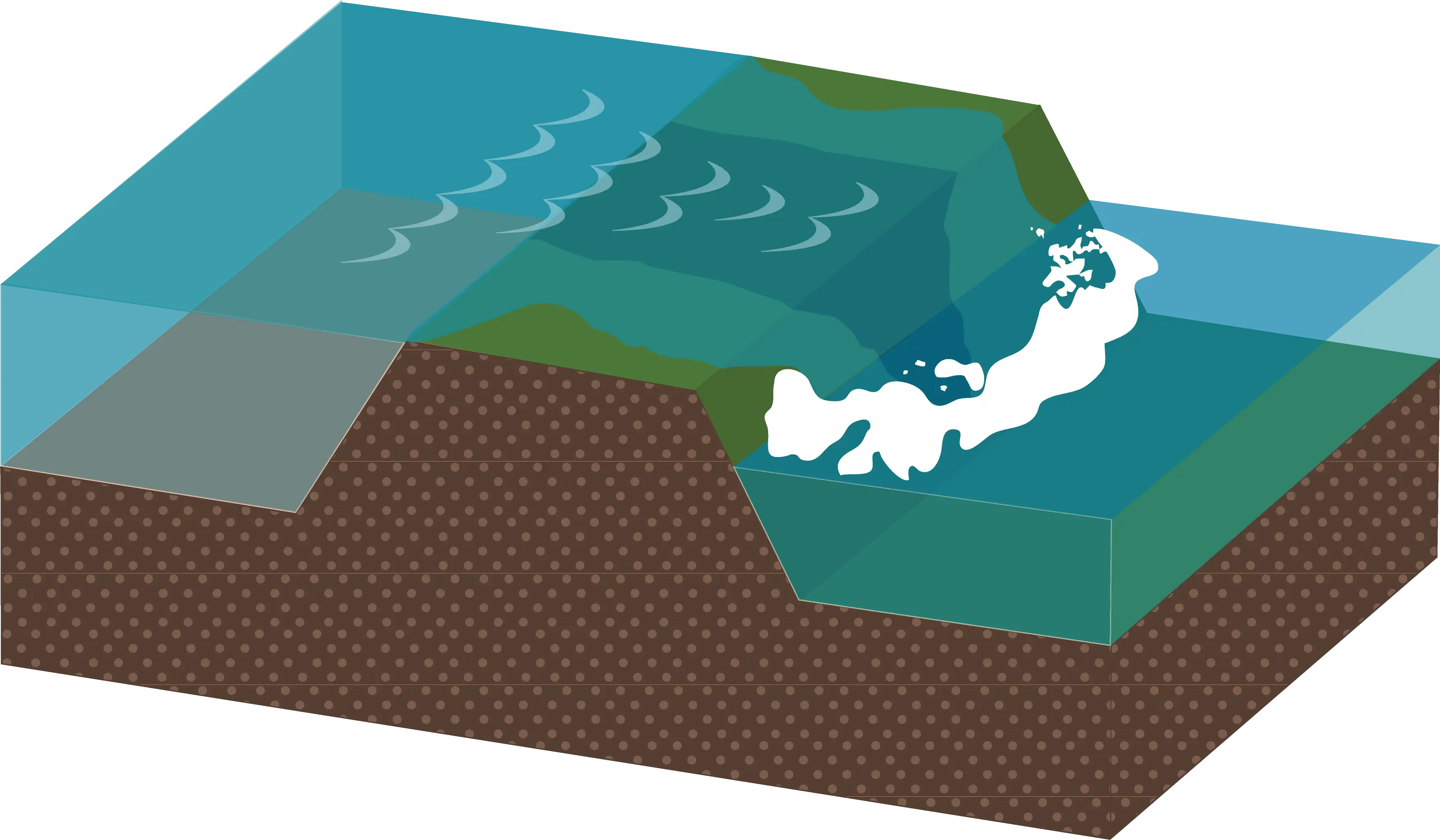
Water can flow over the top of a levee
All levees are built to a specific height and width to withstand a variety of high-water events. But a storm or rain event can bring more water than a levee is designed to handle. In these situations, water can rise high enough that it begins to flow over the top of the levee. Over time, water flowing over the top of a levee can cause it to soften, weaken, and give way. Water flowing over a levee can be dangerous, but flooding from the levee giving way often leads to swifter and deeper waters.
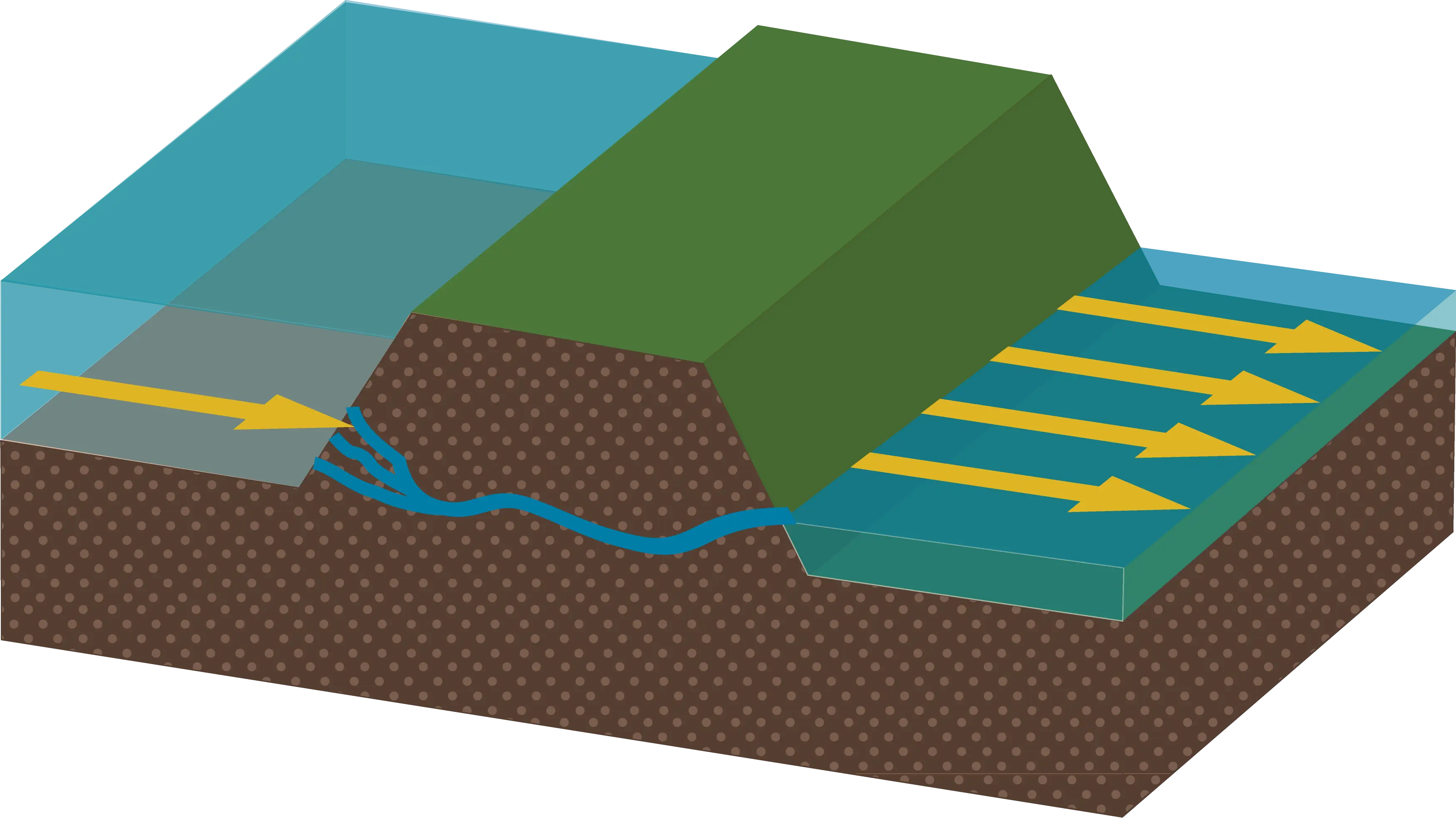
Water can seep through or under the levee
Levees are made of a variety of materials. While the goal is to have the levee be dry, or watertight, some materials are more porous and over time water may seep into, under, or through parts of a levee. Water seeping through or under a levee can cause parts of it to erode over time. This can cause portions of a levee or its foundation to sink, weaken, or break. A bubble, boil, or pooling water in the area behind the levee are signs that water is finding a path from one side of the levee to the other. Over time, this can weaken and cause a levee to break or fail.
Understanding what can go wrong can inform actions on the levee as well as in nearby communities. A combination of measures can help people living in areas prone to flooding improve their safety and minimize impacts experienced should flooding occur.
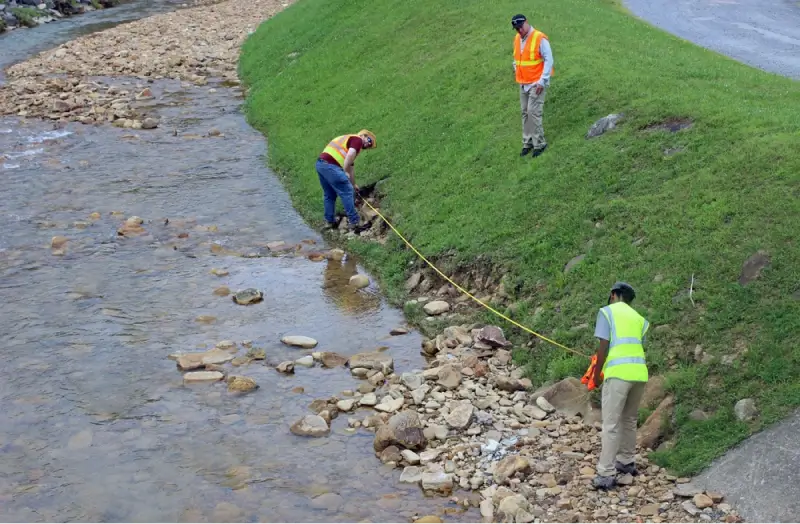
U.S. Army Corps of Engineers, Baltimore District, personnel measure erosion spots following a high-flow event along the levee system in Bayard, West Virginia.
Photo by Sara Lazo, U.S. Army Corps of Engineers Baltimore District